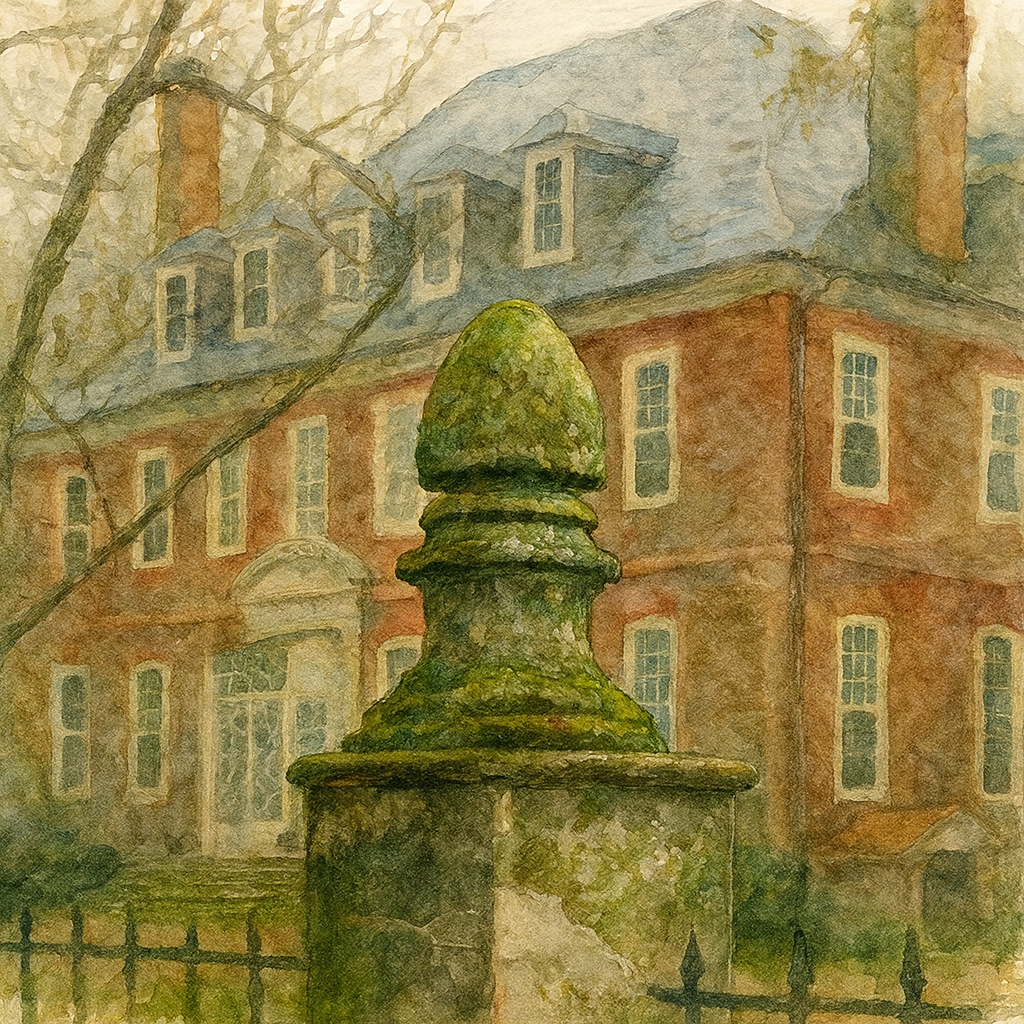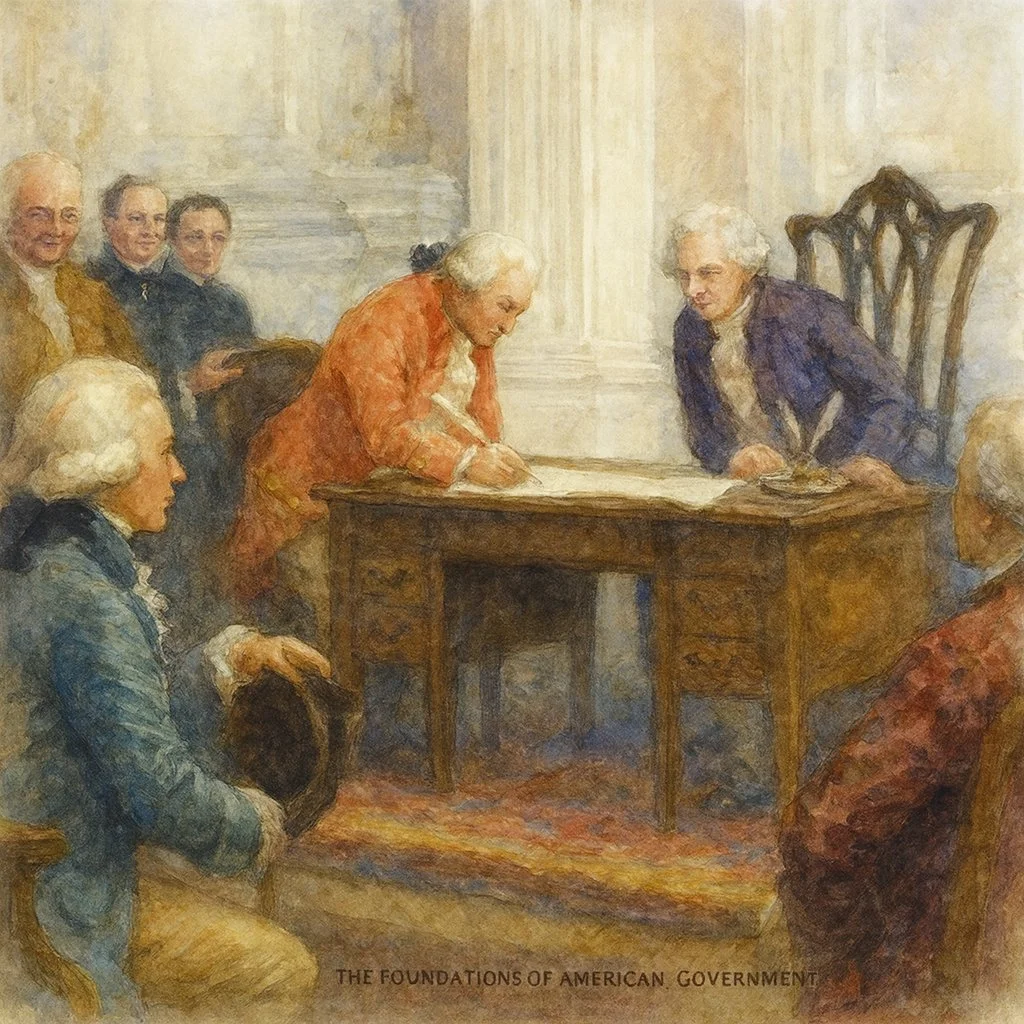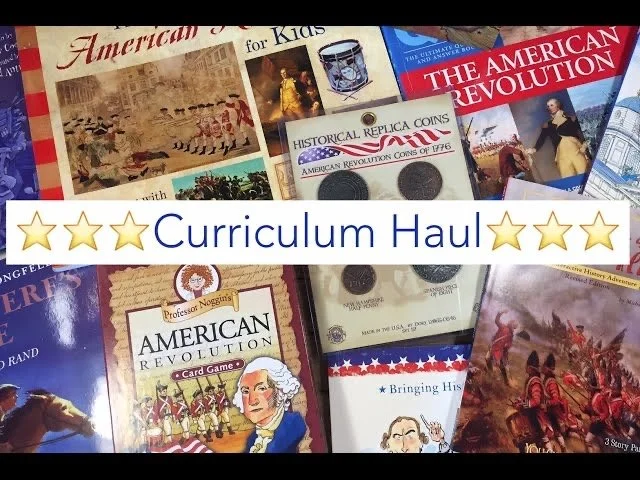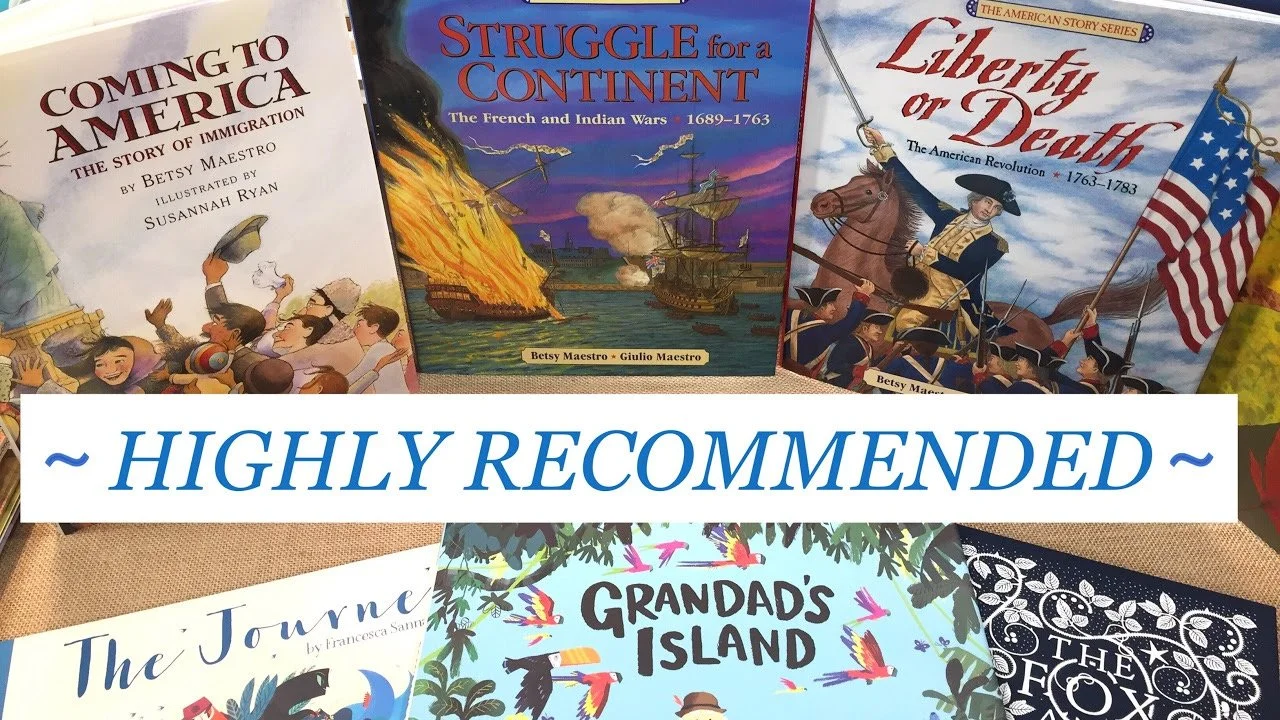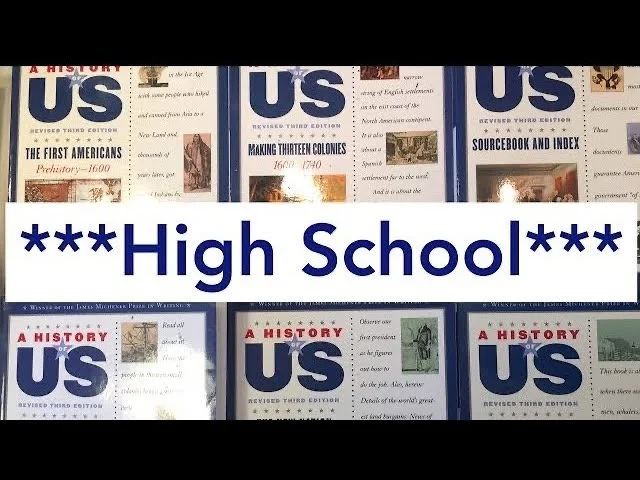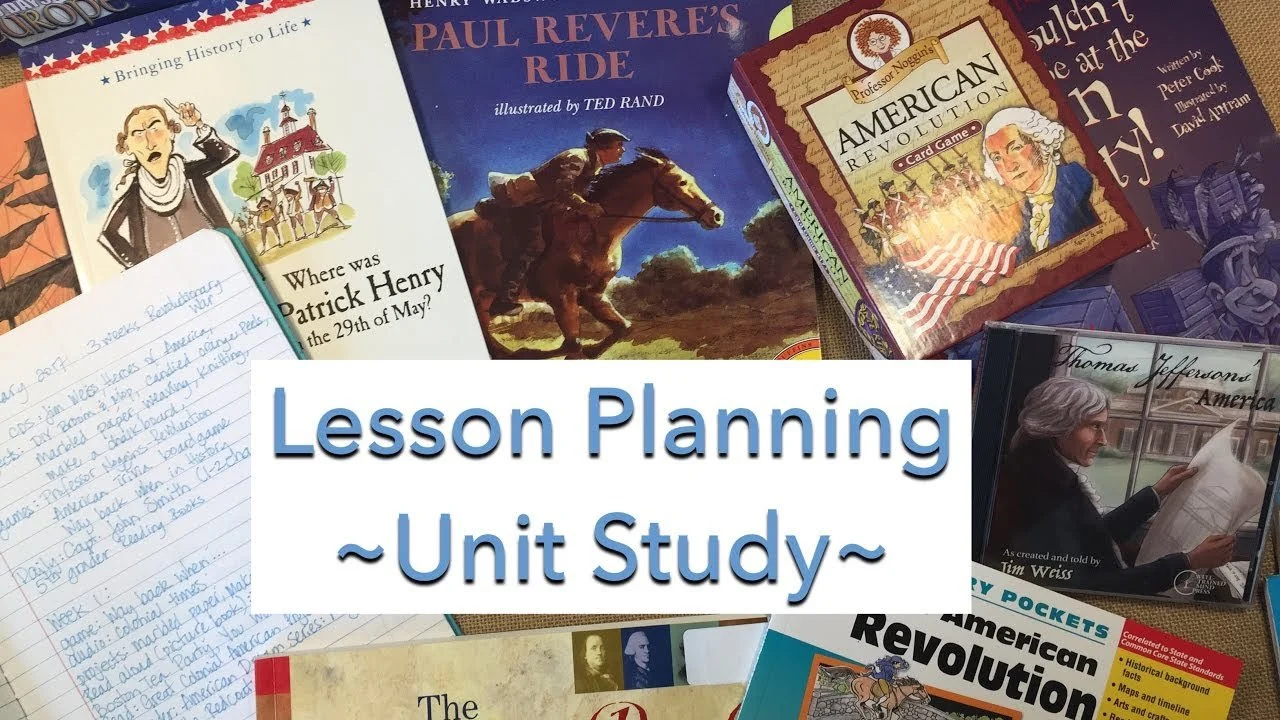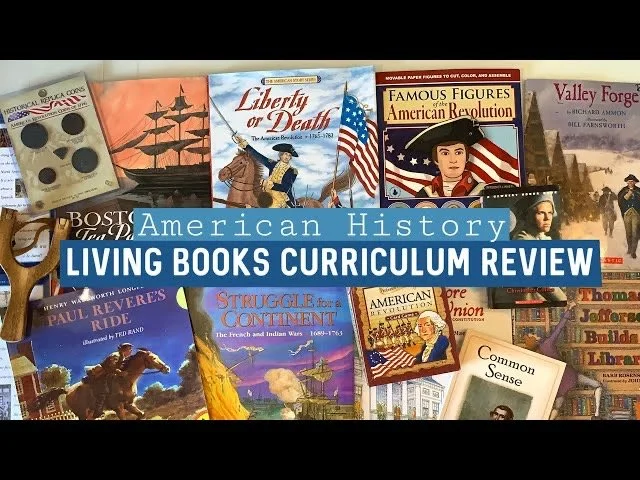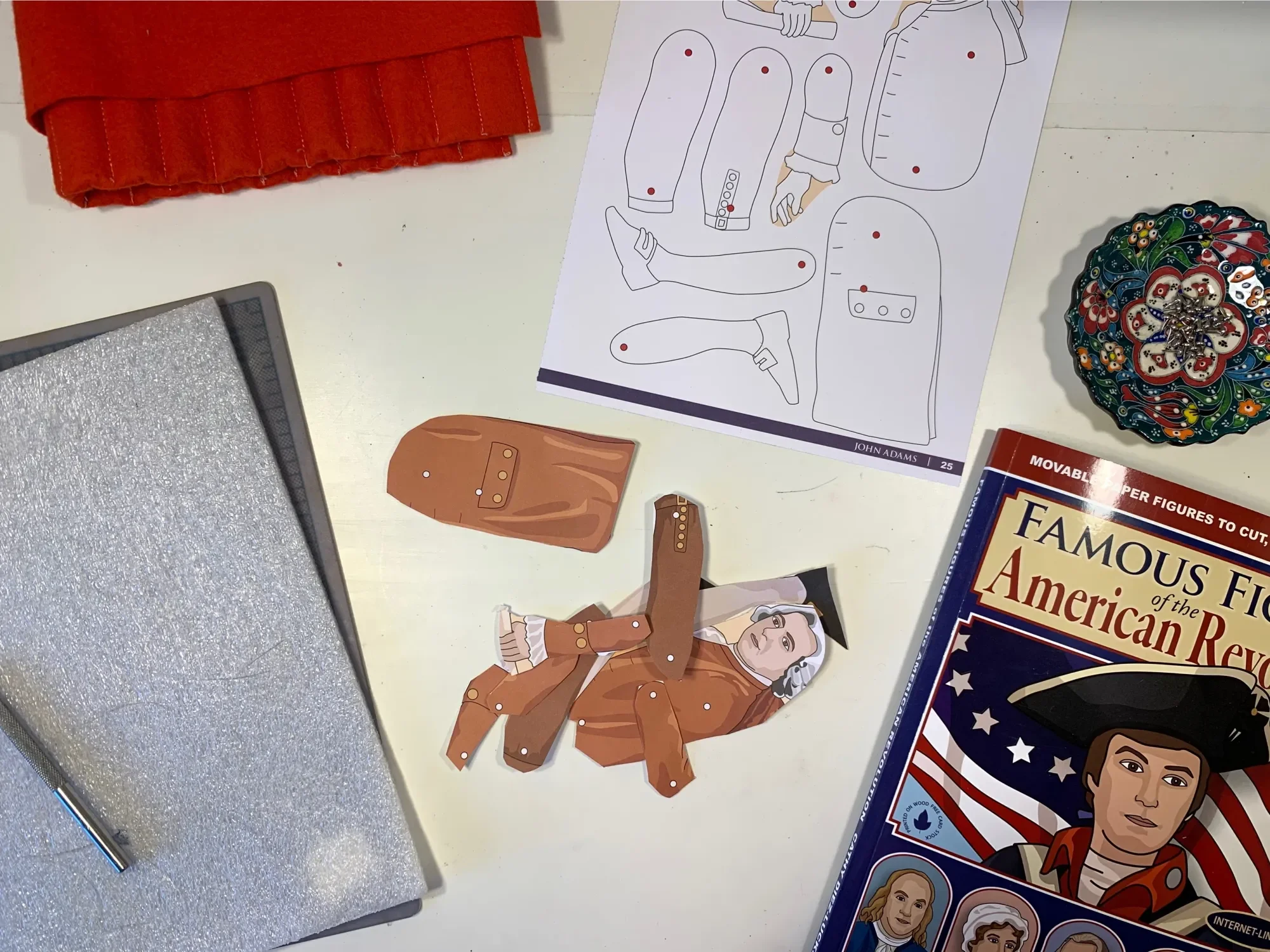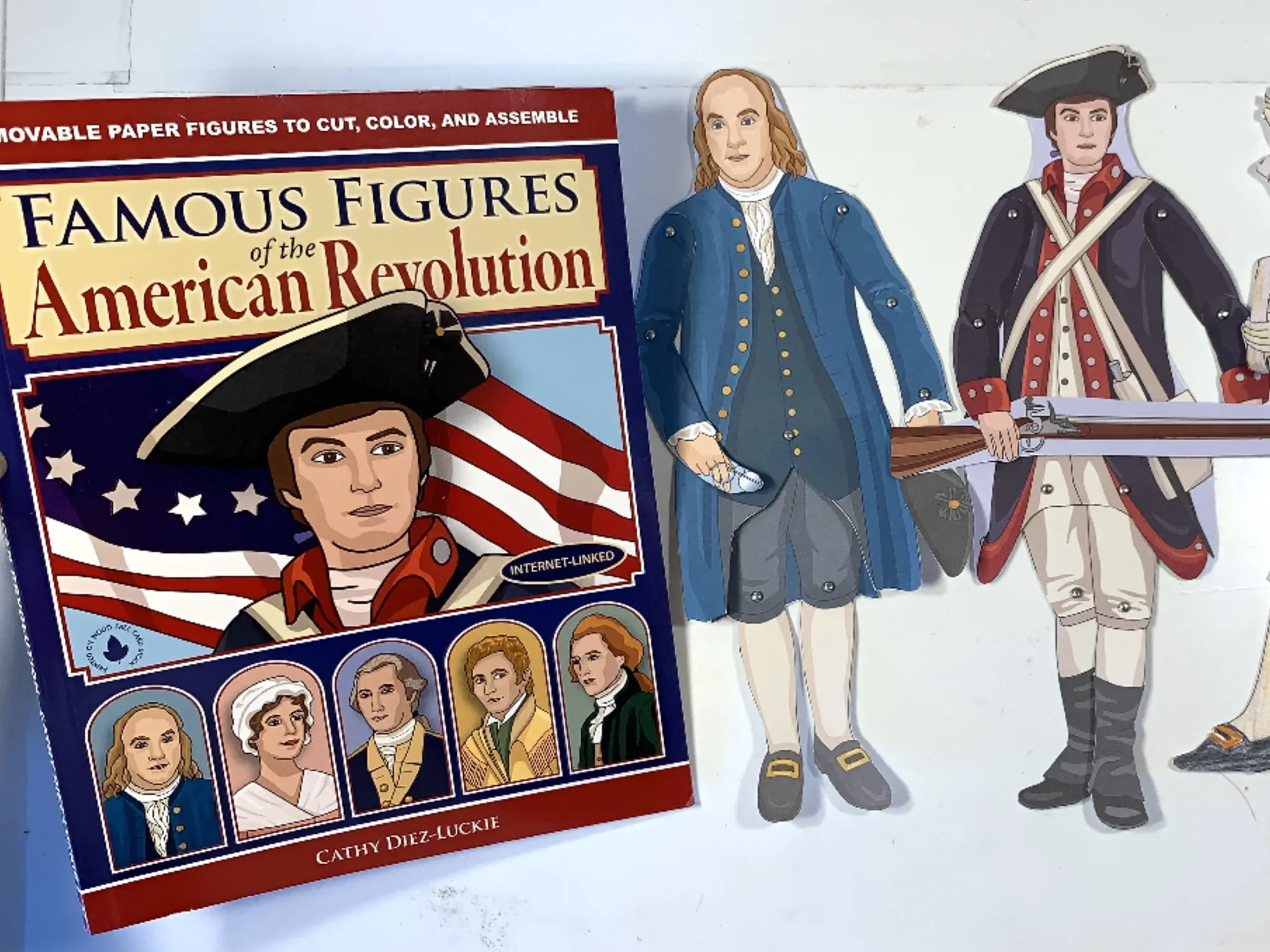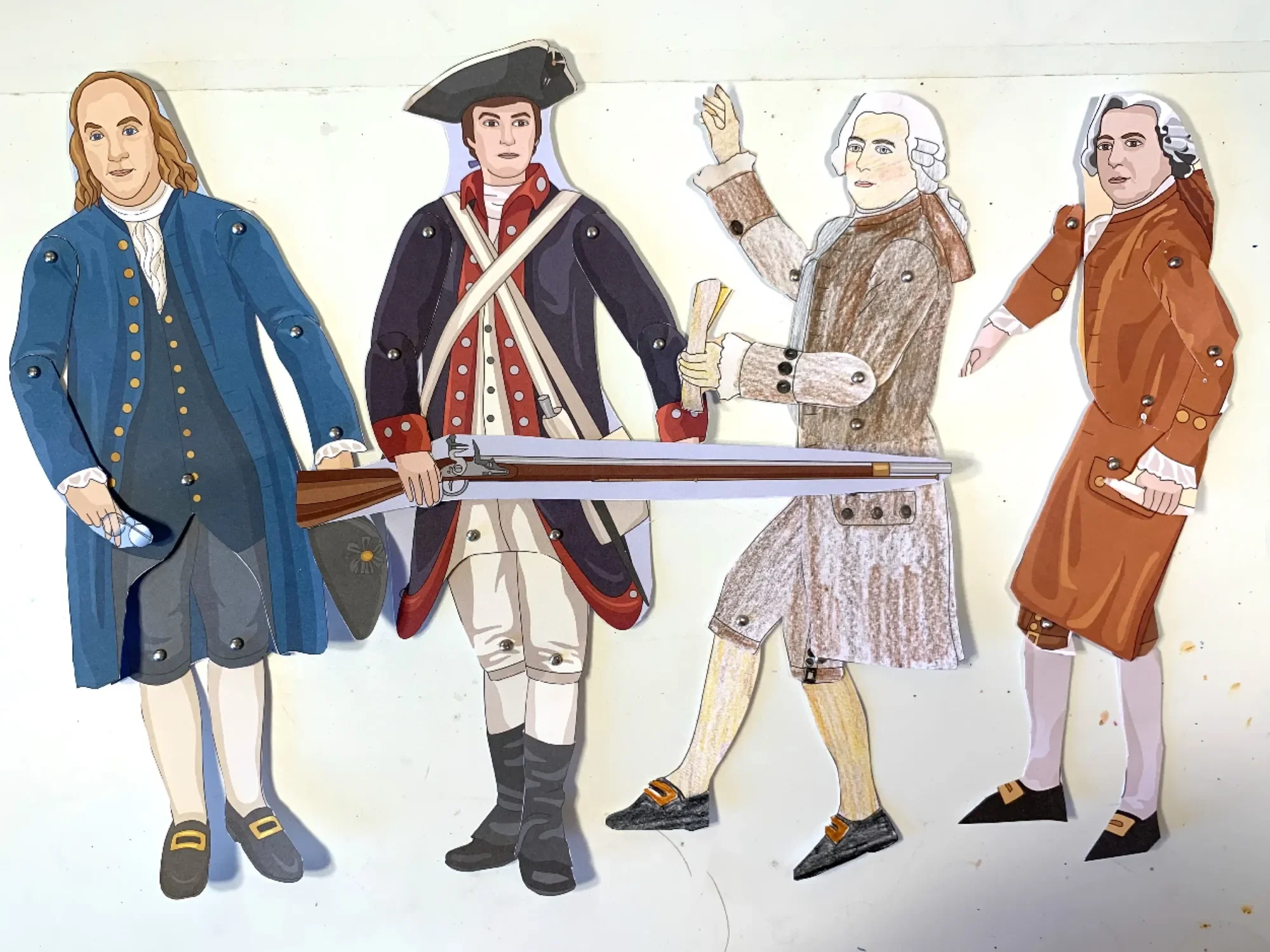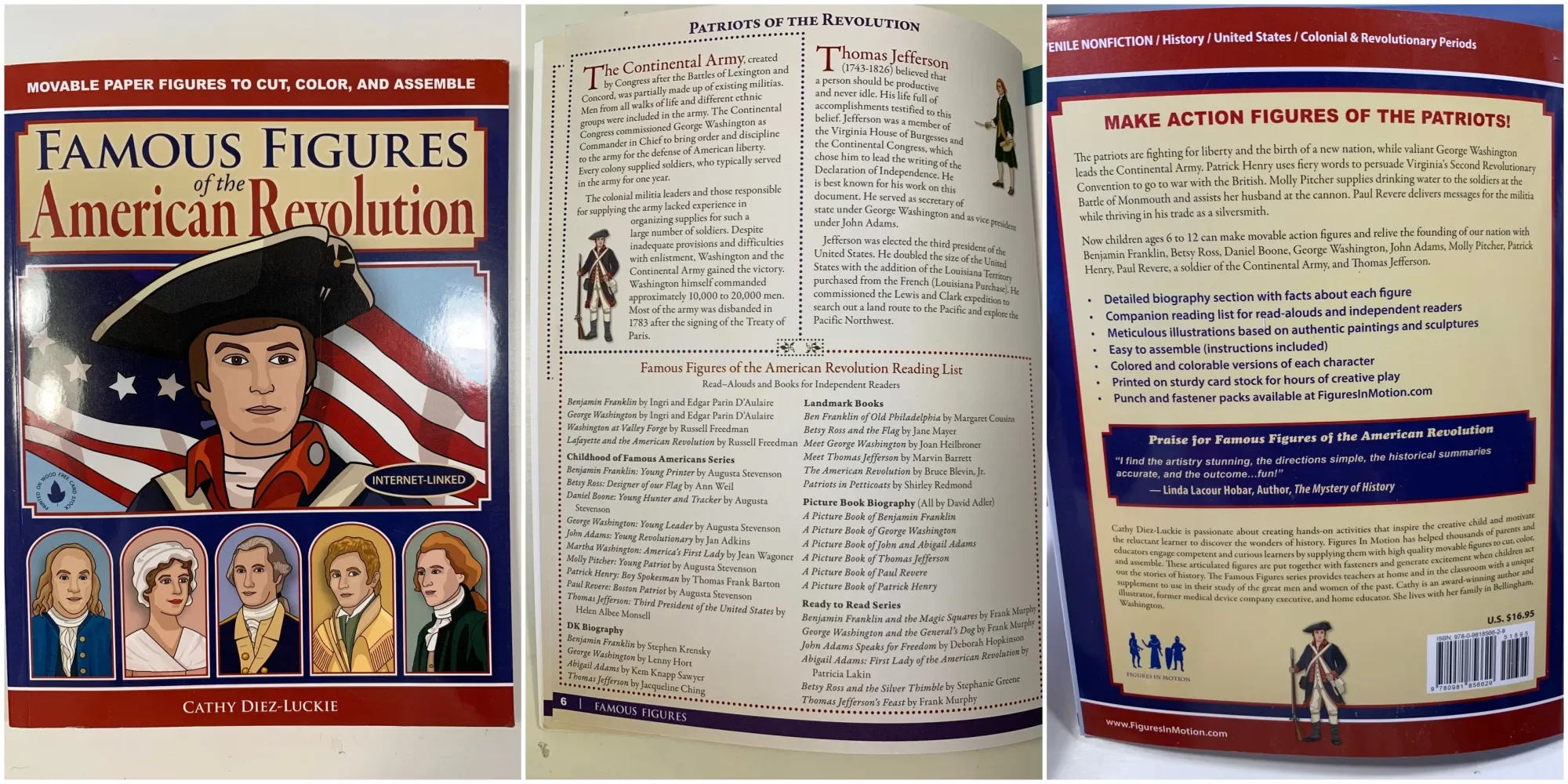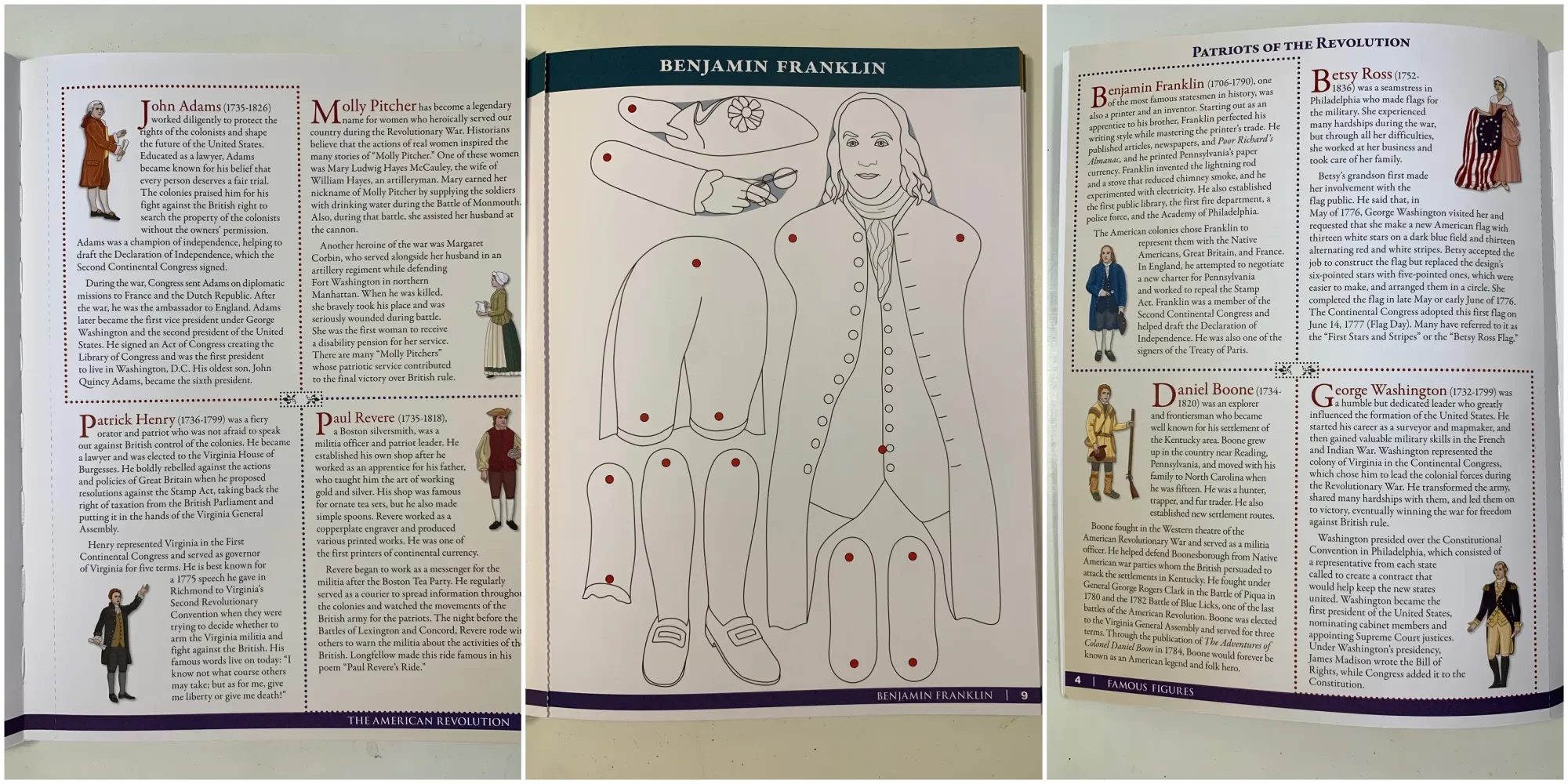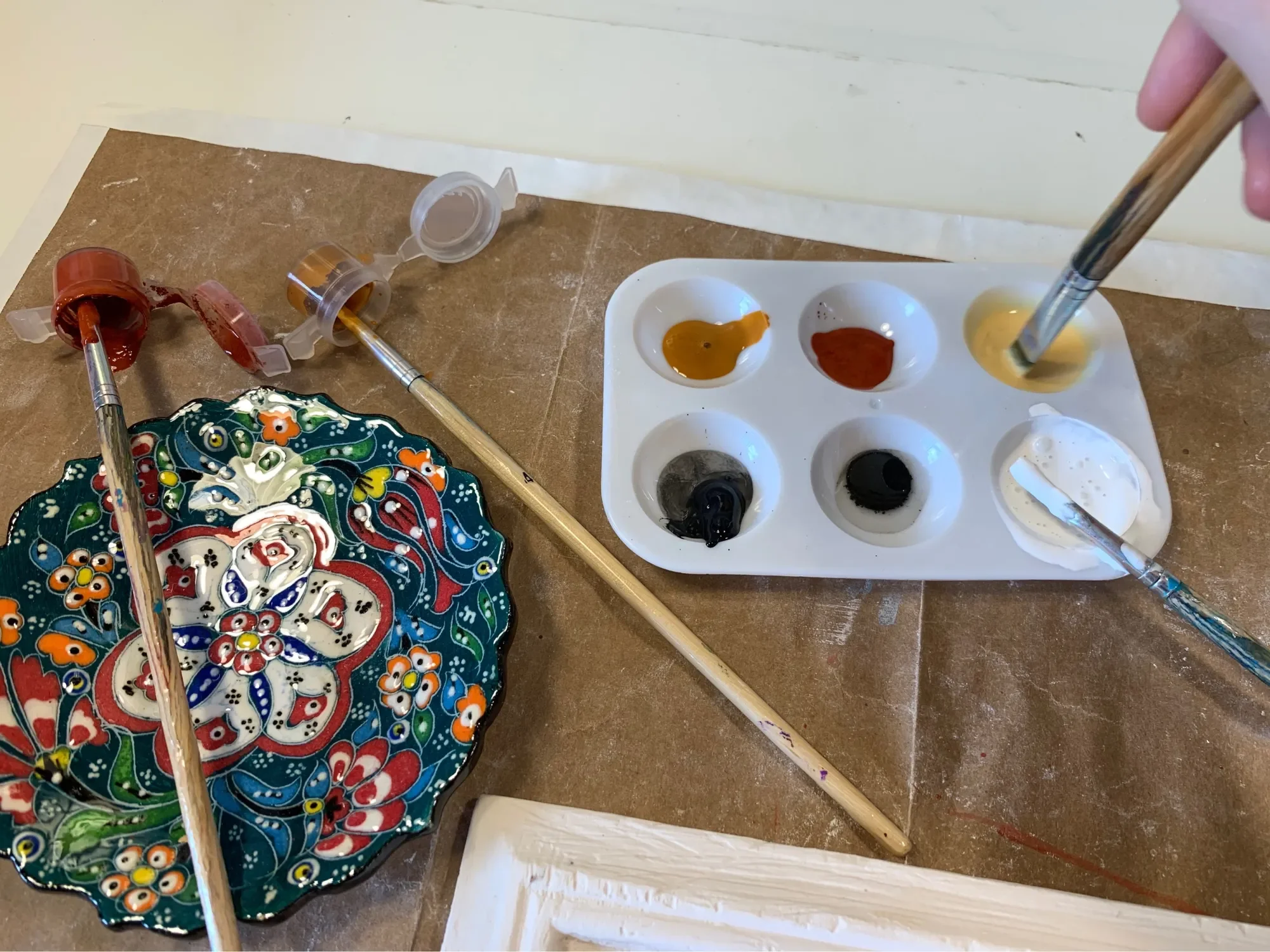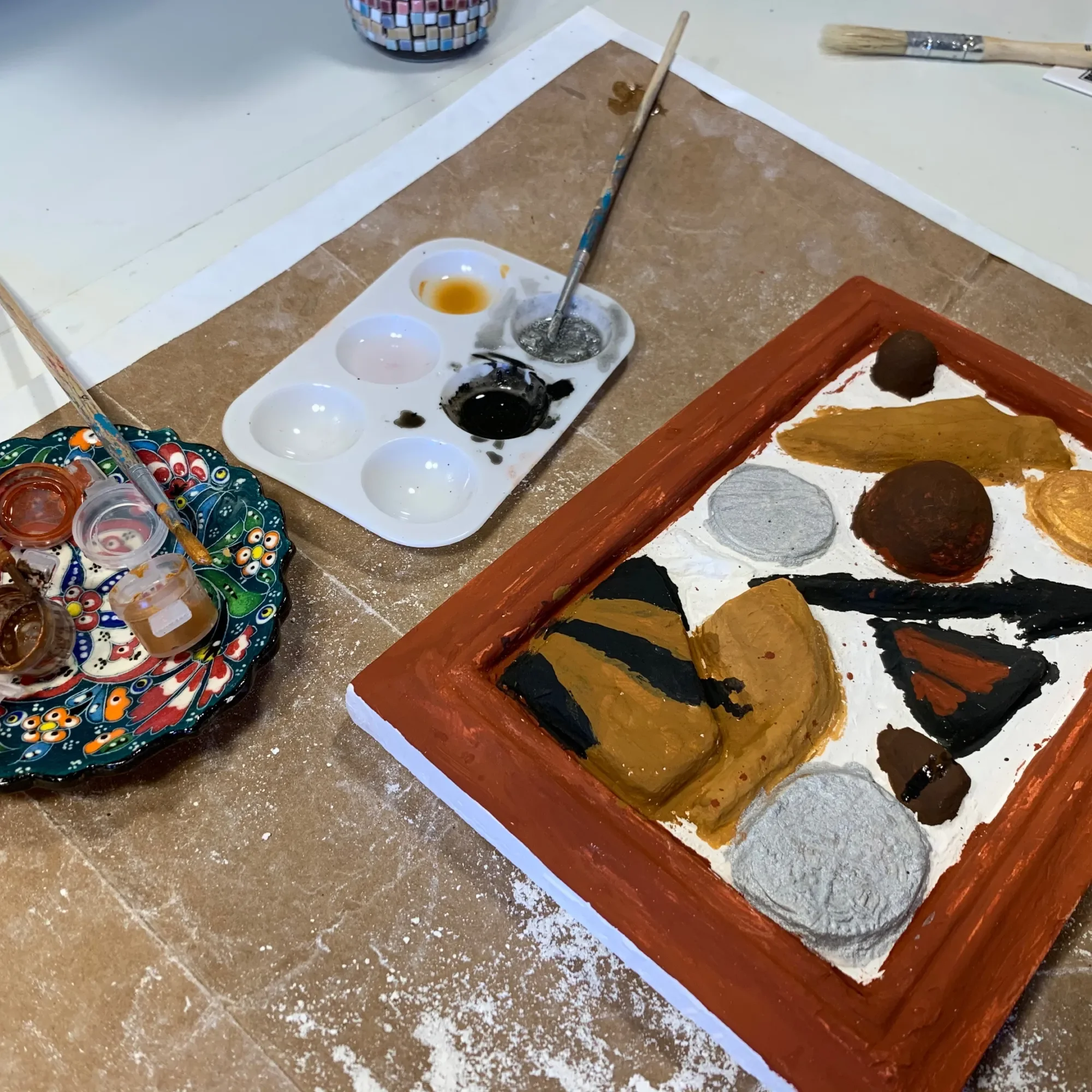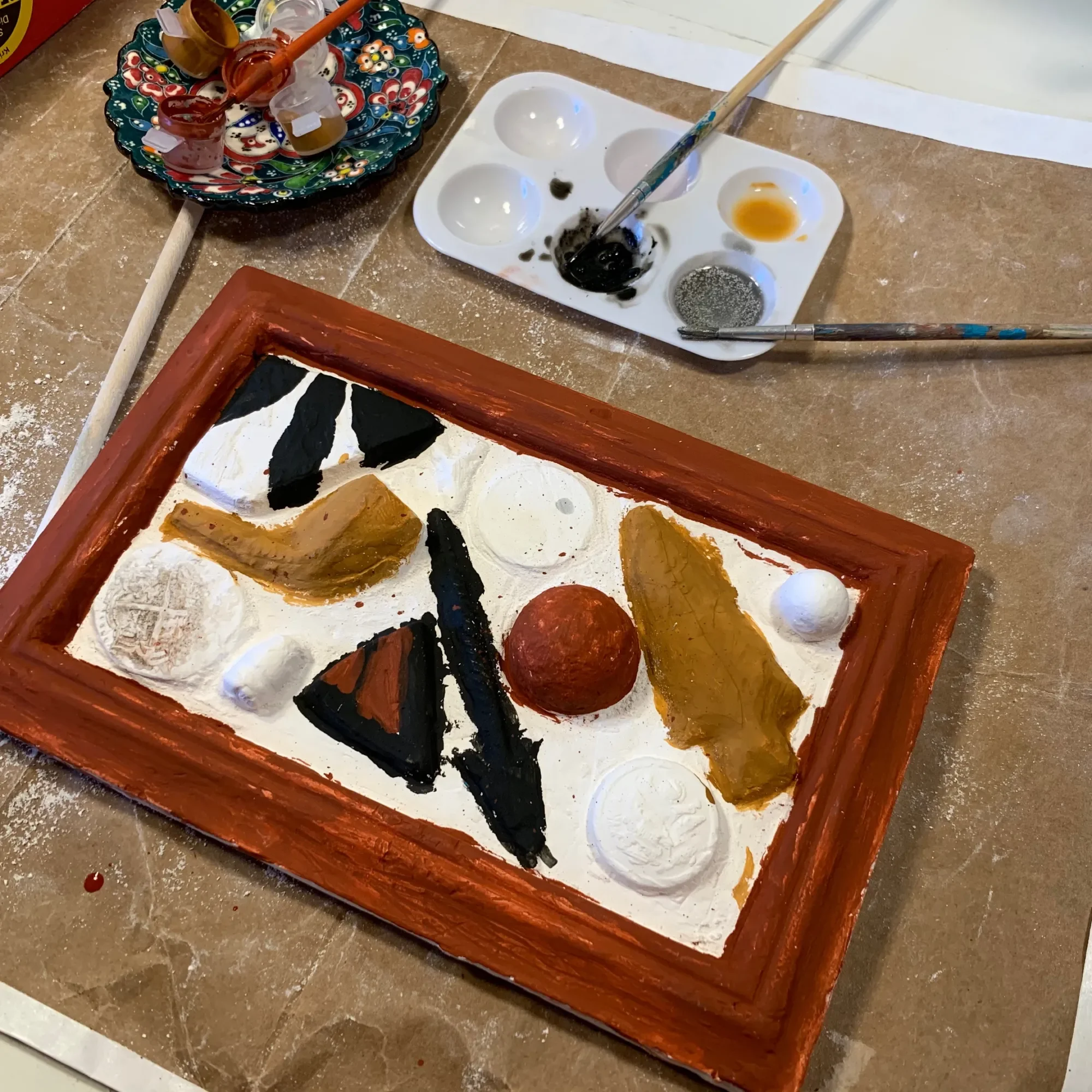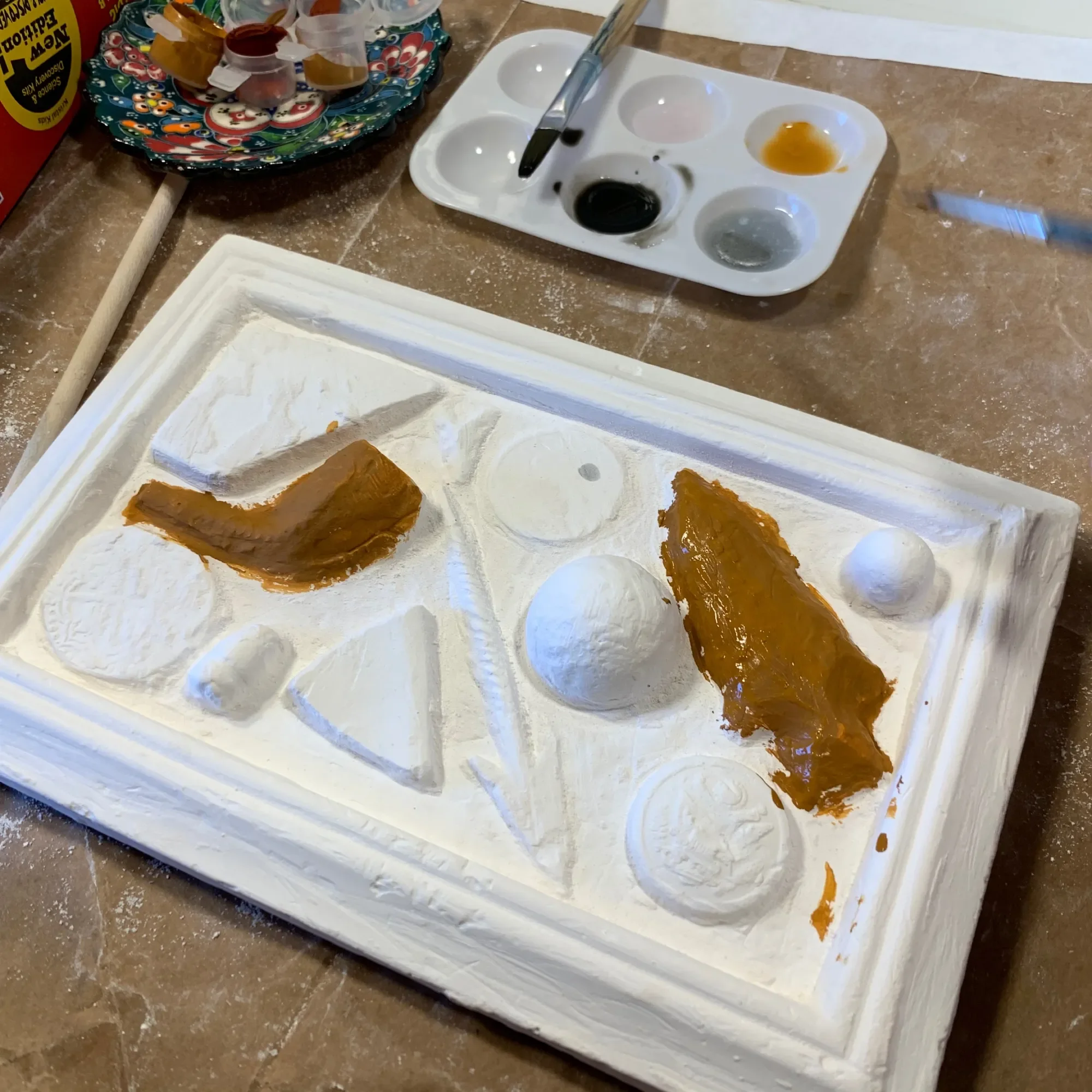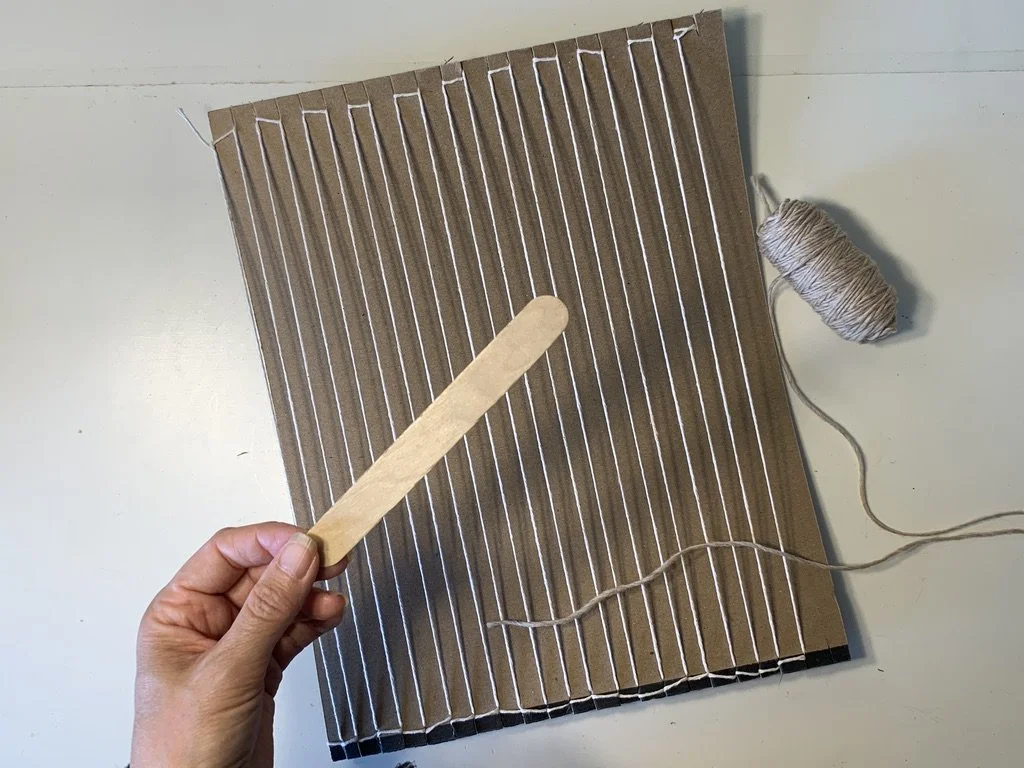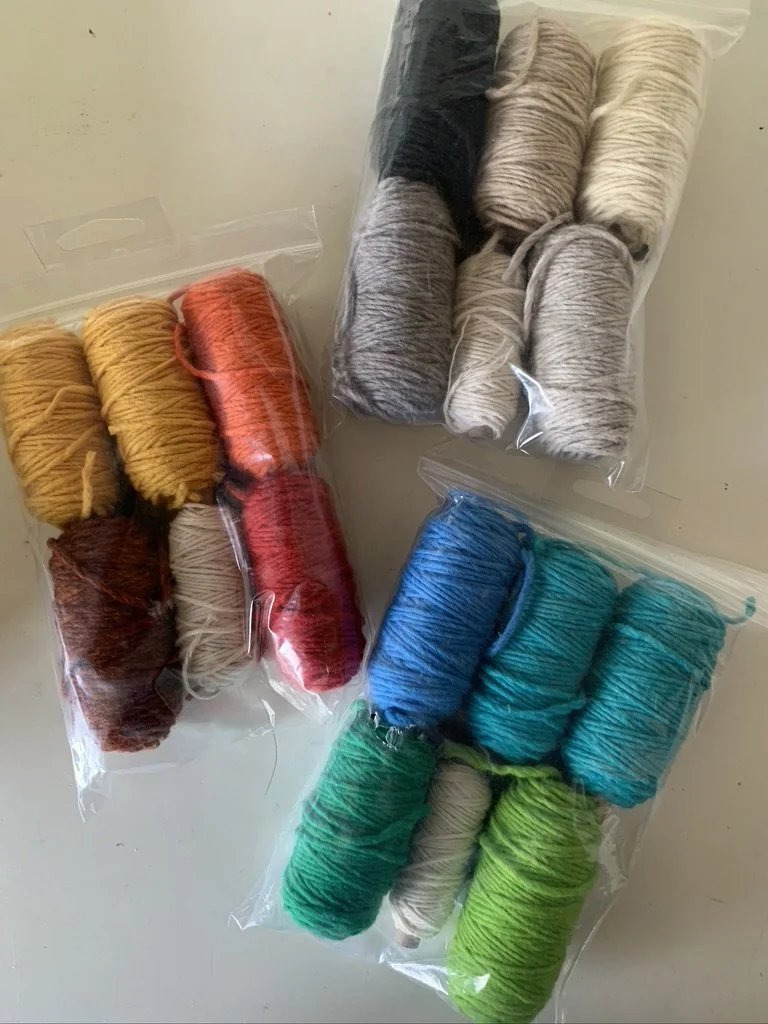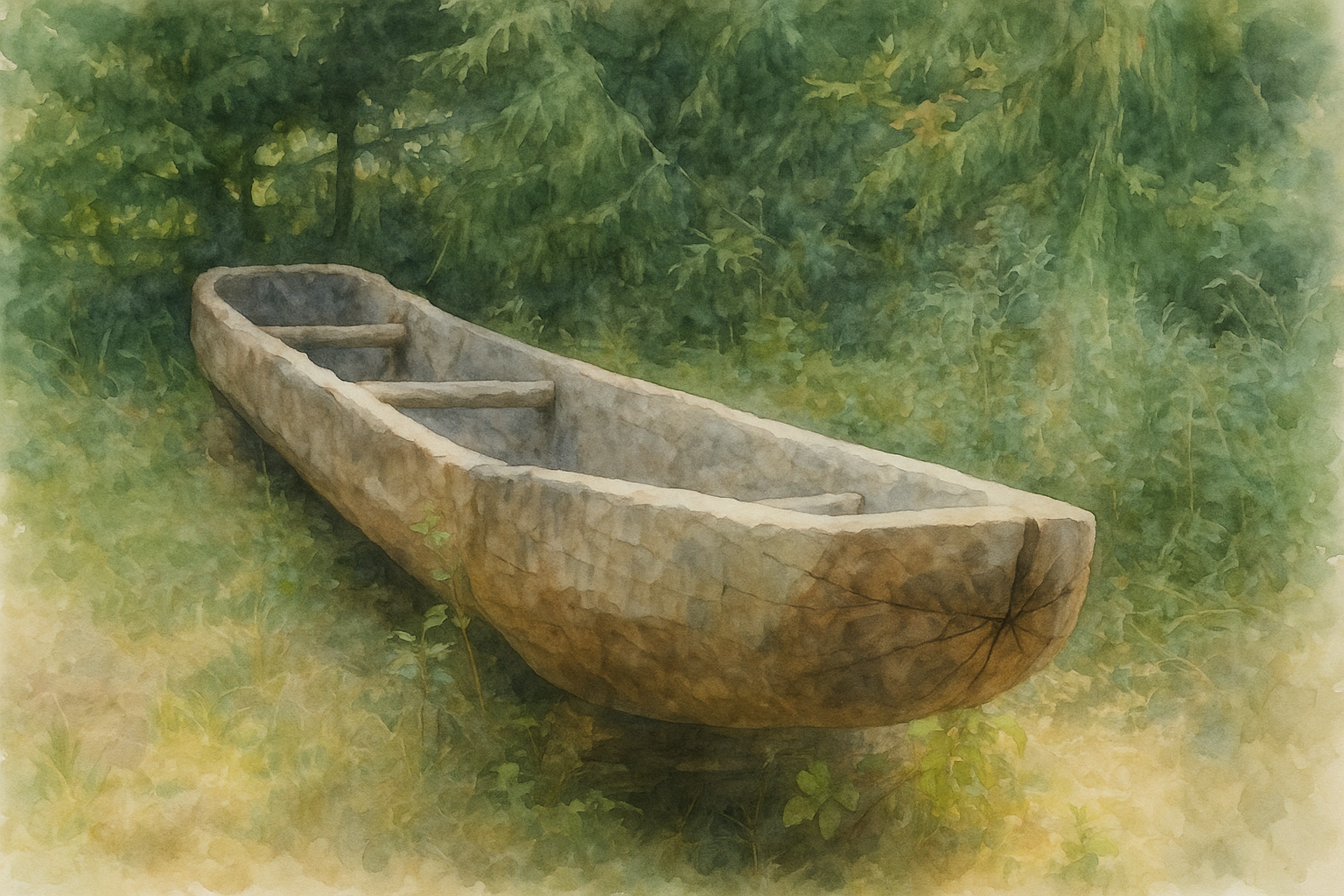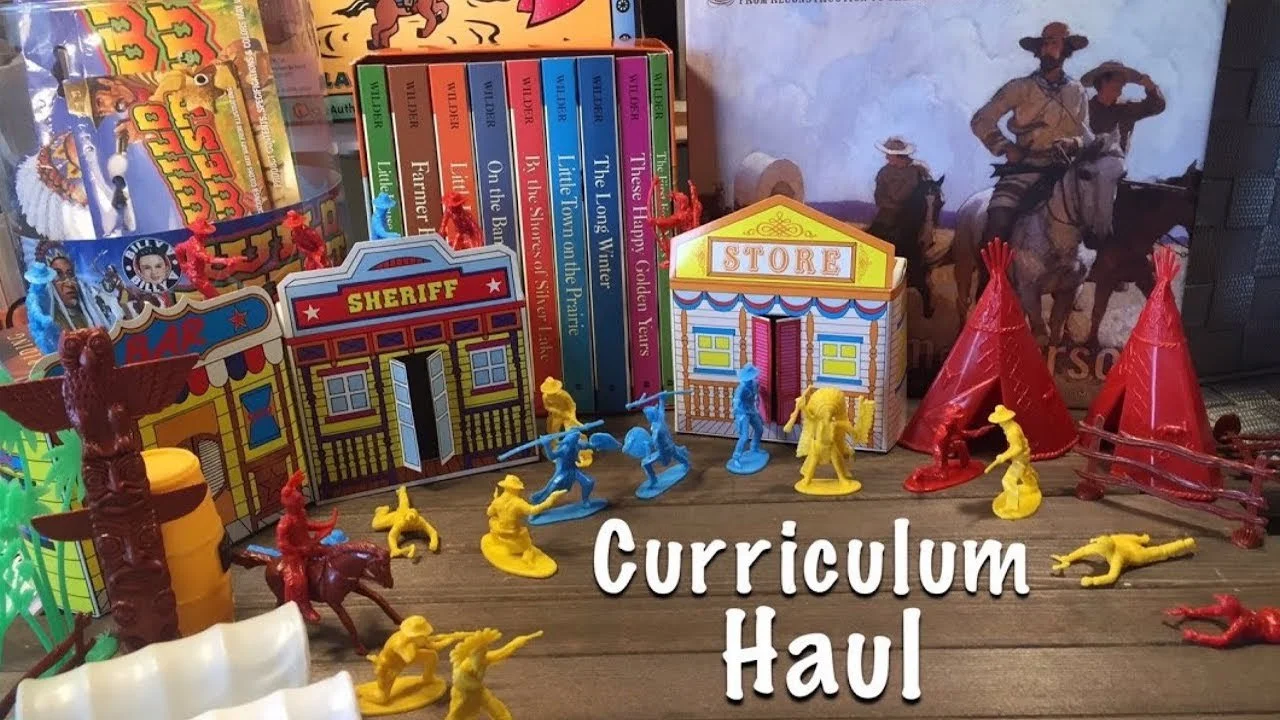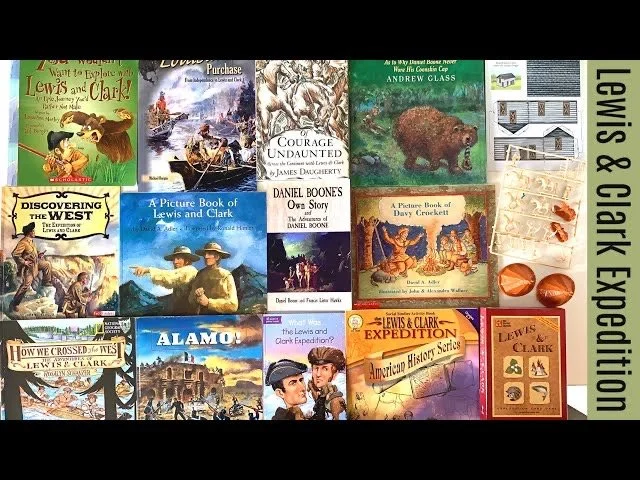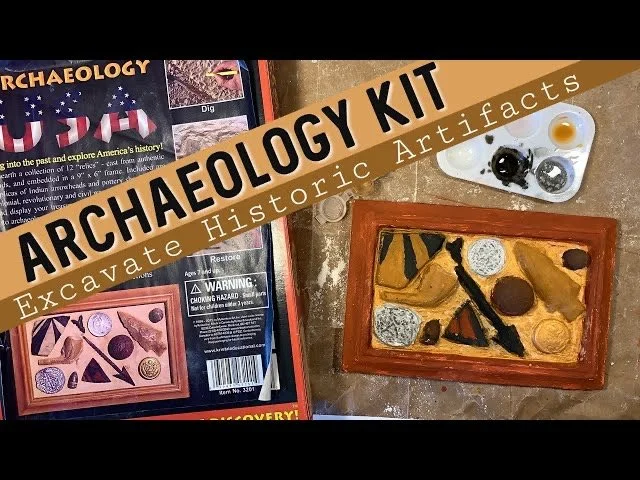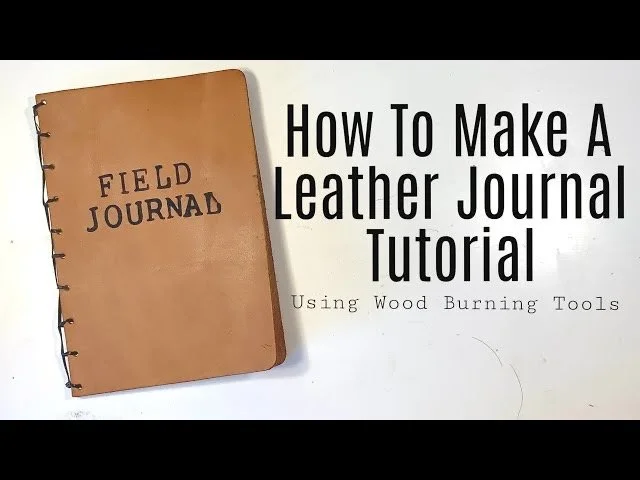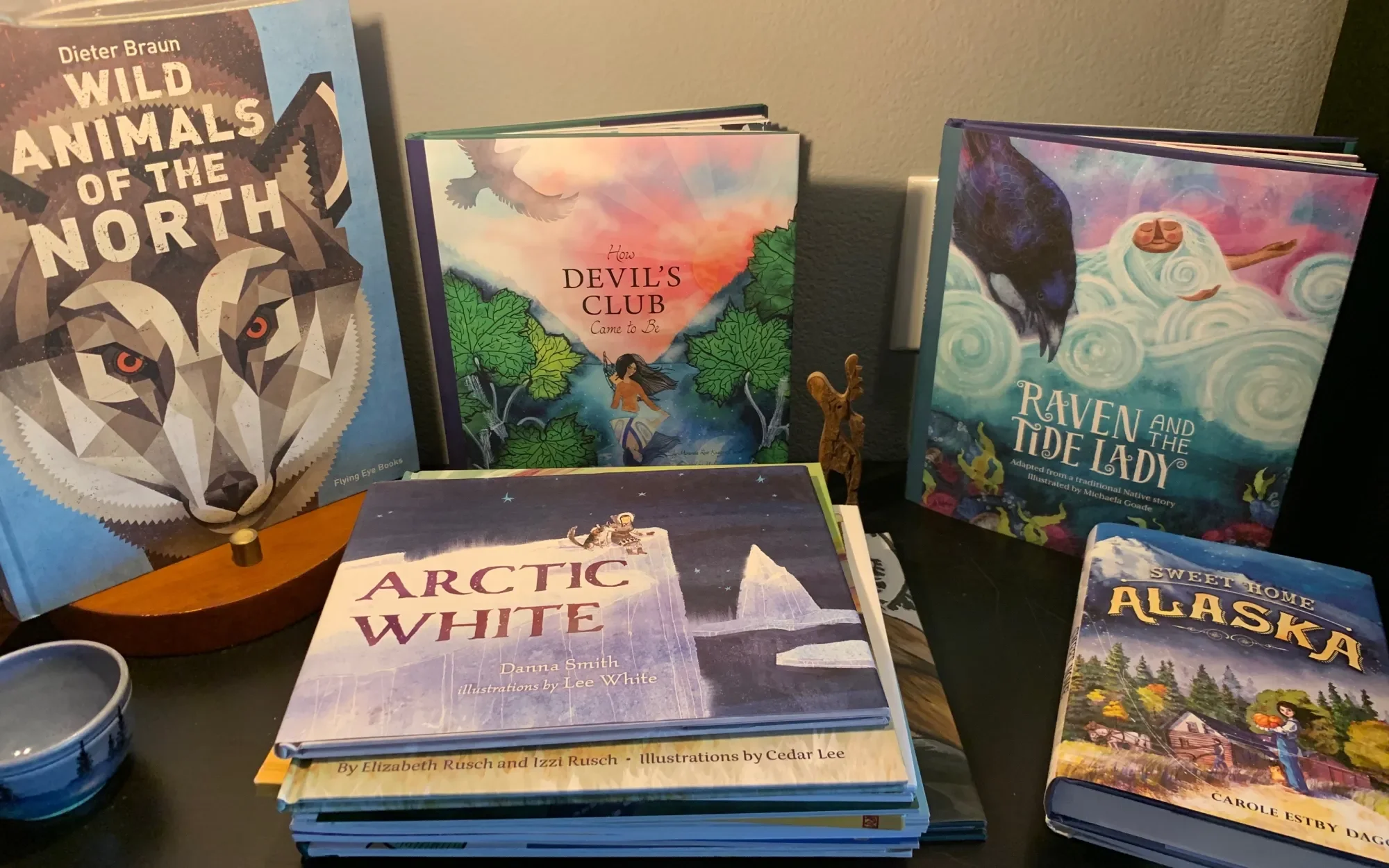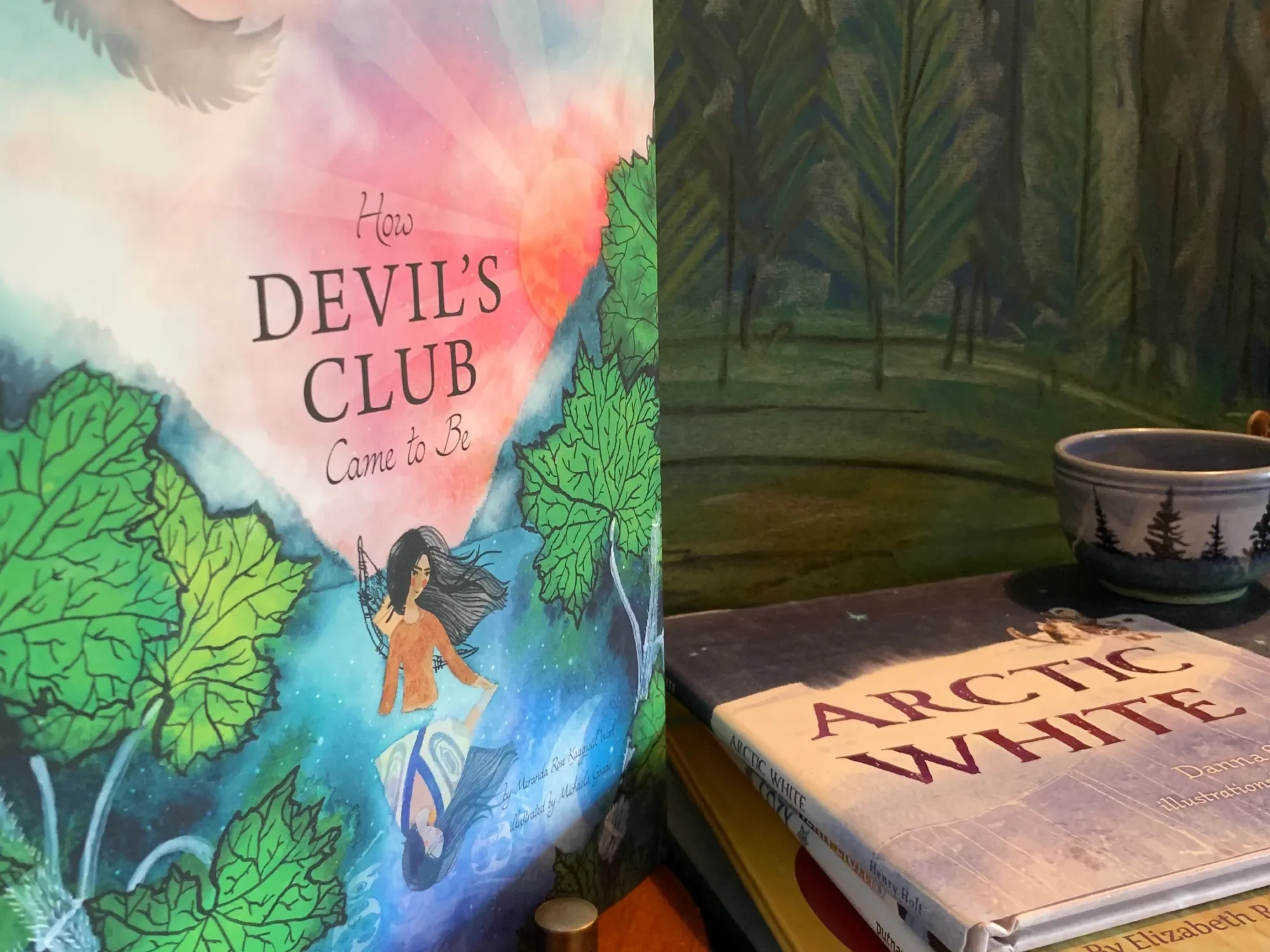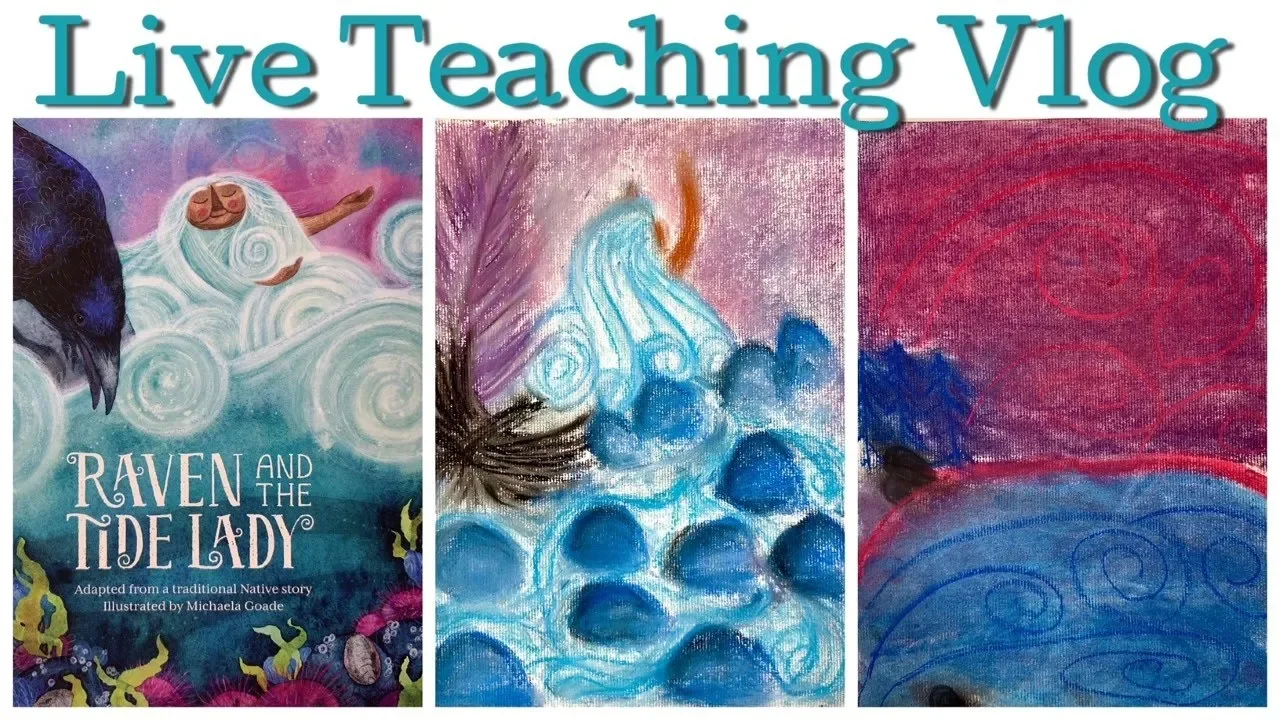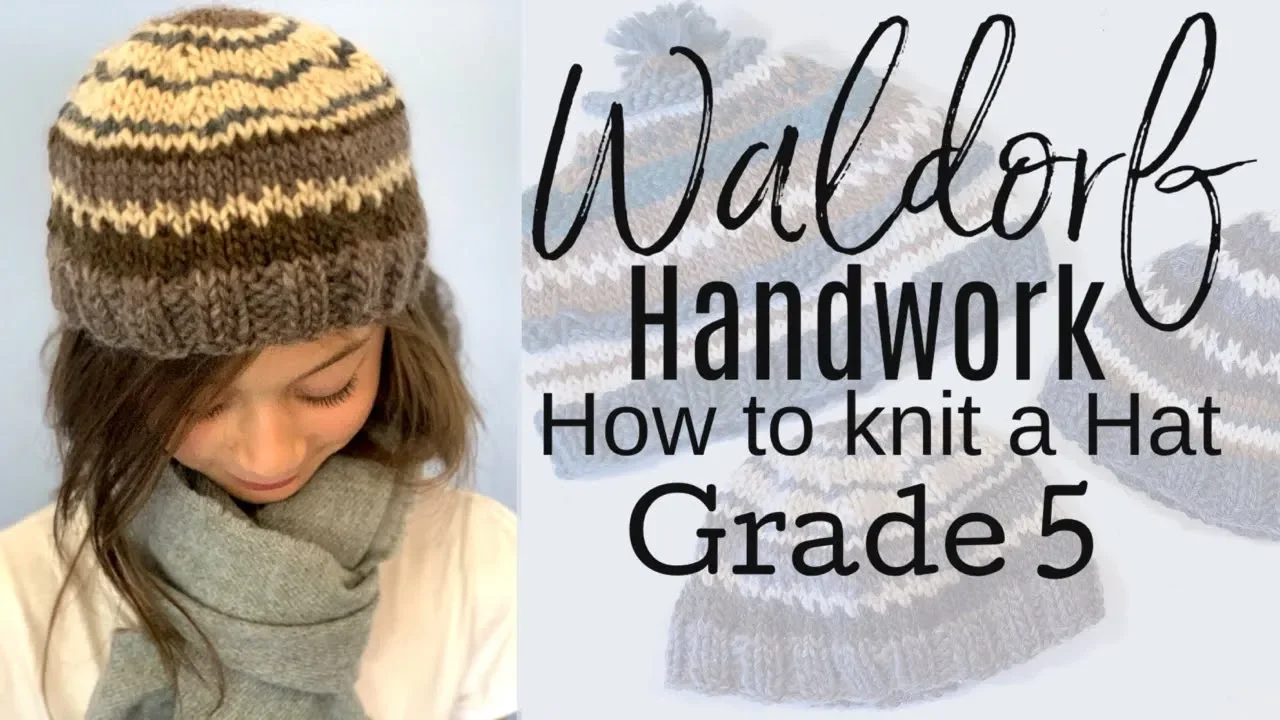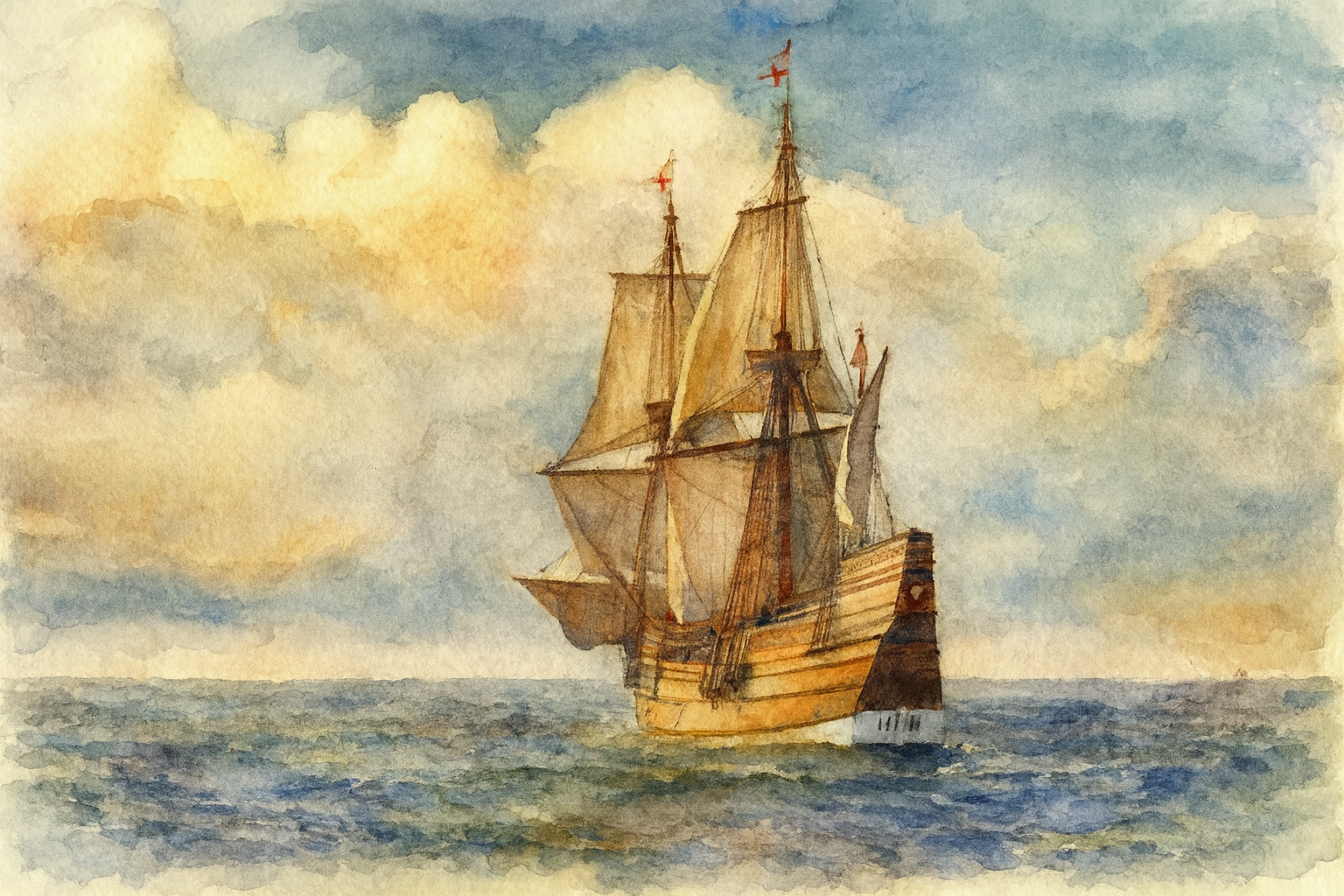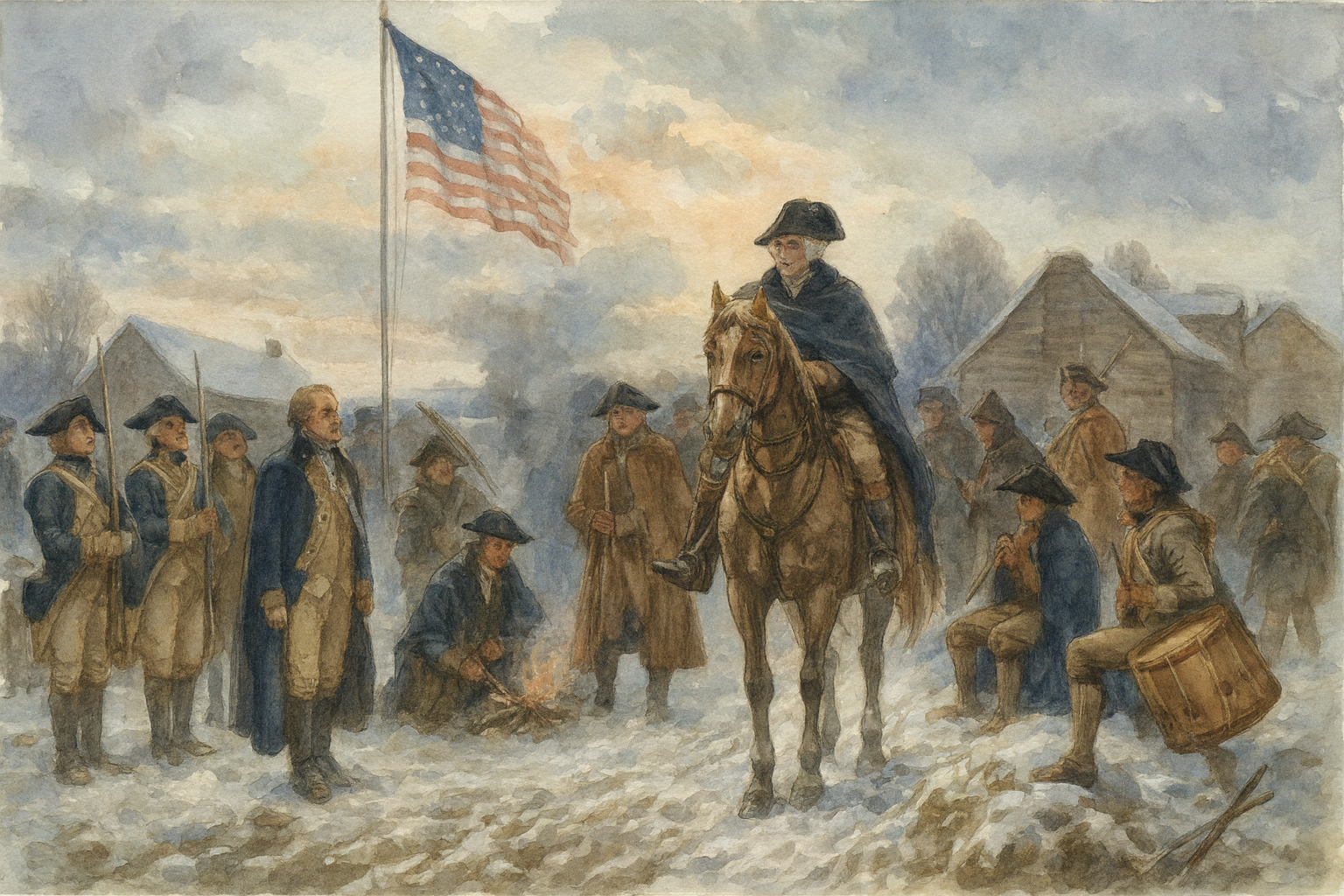
Revolution
Revolution
It’s time for a new unit! This one is for the American Revolution time period. Though we completed our Colonial Times unit study, there are two books that will trail into this unit. Some audio books/songs we had scheduled for this unit, just don’t want to make an appearance! We’re still really enjoying the audio CD Spirited Sounds of Colonial Times.
My lesson plans are a little different these days, too. Instead of lesson planning on the computer using Excel as I’ve done for several years now, I’m handwriting general plans in a composition notebook. It works okay, but I’ve noticed our units are dragging on instead of finishing in a more timely manner.
I can already tell you that there are books I have for this unit we are just not going to get to for two reasons: Not enough time, and they don’t look engaging. With so many well-written engaging history books, there no need to waste time on boring, dry books. Keep a look out for my American Revolution unit wrap up where I’ll share my thoughts on the books we read.
Revolutionary America | Resources & Projects
-
Curriculum Haul | American Revolution
Of all the units we've put together, I think I've gotten the most supplies for this one! So much that I had to split it up into multiple units: Columbus, the Pilgrims, the American Revolution, the Civil War & Slavery, the Westward Movement, the Lewis & Clark Expedition and ending with California History and the Gold Rush.
-
Barnes and Noble BOOK Haul
I love books. I love paper. I love pretty pictures and beautiful words. I love it when someone finds a great book and shares it. These books are mostly from recommendations from other YouTubers. Please take the time to check out these other fantastic channels and send some love their way.
-
American History Books
Looking for a complete history of the US? I have five American History series that would be suitable for all elementary and high school. The History of US by Joy Hakim would work for students as young as 5th grade through high school. The books are sold separately or as a set and you can also purchase student workbooks and teaching guides to accompany each volume.
-
US History Curriculum | High School
Finding high school material for a highschooler that wasn't a traditional textbook was not easy to find. This series of books by Joy Hakim covers US history from pre-history to 2008 in 10 well-written and illustrated volumes. The 11th volume is source book with original sources and documents to supplement the series or to be used on its own.
-
How to do a Unit Study | American Revolution
It's time for a new unit! This one is for the American Revolution time period. Though we completed our Colonial Times unit study, there are two books that will trail into this unit. Some audio books/songs we had scheduled for this unit, just don't want to make an appearance
-
American History | Revolutionary War | Charlotte Mason Living Books
For a list of the materials we used for our various US History units, you can check out this blog post which lists all the books and resources as well as approximate ages and grades for each resource. I share a few thoughts on each resource as well
-
Handmade Quill | Historical
I try a couple different ways to make a quill. Using a pair of scissors turns out the best. They are surprisingly easy to use, but it does take some time to to get used to the idea that you have to dip your quill in ink or you'll run out of ink!
-
Famous Figures Paper Dolls | American Revolution
The book Famous Figures of the American Revolution is a paper doll activity book. What I love about this book and others in the series is that you get two identical dolls for each figure. One that's completely colored in and one that's completely blank.
-
Excavation Kit | Discovering US Archaeological Relics
Dig Discover and Display kits come in all varieties. I mistaken called this one Indian Relics, when in fact it's Archaeology USA. We have been using these kits for years in our homeschool and my children enjoy them immensely.
-

DIY Loom | Weave a Bag
Weaving is one of those projects you need to dedicate yourself to. It takes time, perseverance and mindfulness. Weaving engages your mind and hands, and unlike knitting for instances, you can’t easily take your eyes off your project. -
How to Make a Cape
To figure out how much fabric to buy, measure from the shoulders to the ankles and add about 15 inches to that, and that’s how much to buy. I would round up to the nearest 1/6 of a yard to be on the safe side. I recommend 60″ fabric and one that doesn’t fray so you can quickly and easily sew this up. You can tell which fabrics fray by looking at the rough edge when you are shopping for fabric at the fabric store.
-
American Revolution | Unit Study Review | Living Books
At the close of a unit, I reflect on the materials we used and share with you what worked, what didn't work and what we didn't get to. I often over plan my units and main lesson blocks, and often I am choosing material we've never used before.

Revolution
Curriculum Haul | American Revolution
Of all the units we’ve put together, I think I’ve gotten the most supplies for this one! So much that I had to split it up into multiple units: Columbus, the Pilgrims, the American Revolution, the Civil War & Slavery, the Westward Movement, the Lewis & Clark Expedition, Native American Indians, and ending with California History and the Gold Rush.
You can get the complete list of materials we are using for all our American History Units by click here or visiting my Teachers Pay Teachers page.
Barnes and Noble BOOK Haul | Homeschool
I love books. I love paper. I love pretty pictures and beautiful words. I love it when someone finds a great books and shares it. These books are mostly from recommendations from other YouTubers. Please take the time to check out these other fantastic channels, Molly, Emily, Candice, and Kristi, and send some love their way.
American History Books
Looking for a complete history of the US? I have five American History series that would be suitable for all elementary and high school. The History of US by Joy Hakim would work for students as young as 5th grade through high school. The books are sold separately or as a set and you can also purchase student workbooks and teaching guides to accompany each volume.
You can get the complete list of materials we are using for all our American History Units by click here or visiting my Teachers Pay Teachers page.
US History Curriculum | High School
Finding high school material for a highschooler that wasn’t a traditional textbook was not easy to find. This series of books by Joy Hakim covers US history from pre-history to 2008 in 10 well-written and illustrated volumes. The 11th volume is source book with original sources and documents to supplement the series or to be used on its own. You can also supplement these books with workbooks special designed to complete each volume in two grade levels! One set is suitable for students 5th-8th grade and the second level is for high school.
Looking for a complete history of the US? I have five American History series that would be suitable for all elementary and high school. The History of US by Joy Hakim would work for students as young as 5th grade through high school. The books are sold separately or as a set and you can also purchase student workbooks and teaching guides to accompany each volume.
Don’t forget to check out the American History Curriculum Haul Playlist. You can get the complete list of materials we are using for all our American History Units by click here or visiting my Teachers Pay Teachers page.
How to do a Unit Study
American Revolution
It’s time for a new unit! This one is for the American Revolution time period. Though we completed our Colonial Times unit study, there are two books that will trail into this unit. Some audio books/songs we had scheduled for this unit, just don’t want to make an appearance! We’re still really enjoying the audio CD Spirited Sounds of Colonial Times. My lesson plans are a little different these days, too. Instead of lesson planning on the computer using Excel as I’ve done for several years now, I’m handwriting general plans in a composition notebook. It’s works okay, but I’ve noticed our units are dragging on instead of finishing in a more timely manner. I can already tell you that there are books I have for this unit we are just not going to get to for two reasons: Not enough time, and they don’t look engaging. With so many well-written engaging history books, there no need to waste time on boring, dry books. Keep a look out for my American Revolution unit wrap up where I’ll share my thoughts on the books we read.
To see the complete list of books used for our history units, you can check the Pepper and Pine page at Teacher Pay Teacher for a free download!
American History Unit | Revolutionary War
Charlotte Mason Living Books
It’s time for a new unit! This one is for the American Revolution time period. Though we completed our Colonial Times unit study, there are two books that will trail into this unit. Some audio books/songs we had scheduled for this unit, just don’t want to make an appearance! We’re still really enjoying the audio CD Spirited Sounds of Colonial Times. My lesson plans are a little different these days, too. Instead of lesson planning on the computer using Excel as I’ve done for several years now, I’m handwriting general plans in a composition notebook. It’s works okay, but I’ve noticed our units are dragging on instead of finishing in a more timely manner. I can already tell you that there are books I have for this unit we are just not going to get to for two reasons: Not enough time, and they don’t look engaging. With so many well-written engaging history books, there no need to waste time on boring, dry books. Keep a look out for my American Revolution unit wrap up where I’ll share my thoughts on the books we read.
To see the complete list of books used for our history units, you can check the Pepper and Pine page at Teacher Pay Teacher for a free download!
Handmade Quill
Historical
We picked up these chicken feathers from Five Marys Farms while attending the Wild + Free conference in southern California. I try a couple different ways to make a quill. Using a pair of scissors turns out the best. They are surprisingly easy to use, but it does take some time to to get used to the idea that you have to dip your quill in ink or you'll run out of ink! My nine-year-old son drilled a hole into a avocado tree round wood block to make a holder for his quill. He tried to drill it straight down, but ended up with an angled hole which means his quill is droops to the side. We found it easier to write on homemade paper because it was more absorbent and didn't scratch the surface of the paper leaving little ink like it does on smooth paper.
Famous Figures Paper Dolls
American Revolution
The book Famous Figures of the American Revolution is a paper doll activity book. What I love about this book and others in the series is that you get two identical dolls for each figure. One that’s completely colored in and one that’s completely blank. Both need to be cut out and assembled but what I like about the choice is that if a student would rather to not color in the figures, she may still participate in the project and glean much from the content provided about each figure. That content can be found at the start of the book in nicely laid out blocks with the name of the person, his or her profile and a brief history. If your student chooses to color in the figures, having a pre colored one is helpful to have something to copy.
While our unit was primarily for my 13-year-son, my 8-year-old daughter participated in whatever capacity she chose. So while she did not have a main lesson book or was required to produce any written work, she did listen in on our lessons and do the projects that appealed to her. This was her favorite!
We had this book for our Middle Ages unit and she devoured the book! She made the majority of them and then spent days playing with them. We’ve since purchased as many of these as we can as she just can’t get enough of this project. She loves assembling both the pre made ones as well as the ones she colors in, but the best is watching her play. She frequently asks me to tell her the name of the figure (which is conveniently printed on the back and to tell her something about the person.
As a learning tool, I think these are fabulous! I highly recommend them though I can’t vouch for the content. I have not read through each profile to share my thoughts.
You will need some tools and materials for this project: paper piercer (a sharp large safety pin will do), small brads (we used some from our scrapbooking supplies), scissors, a mat or spongy packing styrofoam to place under your work when piercing it, and some colored pencils.
Excavation Kit
Discovering US Archaeological Relics
Dig Discover and Display kits come in all varieties. I mistaken called this one Indian Relics, when in fact it’s Archaeology USA. We have been using these kits for years in our homeschool and my children enjoy them immensely. We have used them for many of our history kits and again this time we are using them for our American history units which this fall included Colonial Times, American Revolution and the Lewis and Clark expedition. While these kits may be hard to find now, you can make your own! With a large silicone mold, some plaster of Paris and some artifacts (Indian arrowhead or reproductions), you can create your own exciting archaeological dig!
DIY Loom
Weave a Bag
Weaving is one of those projects you need to dedicate yourself to. It takes time, perseverance and mindfulness. Weaving engages your mind and hands, and unlike knitting for instances, you can’t easily take your eyes off your project. Weaving in found in the Waldorf curriculum starting at grade 3. It complements the the block on shelter, farming and clothing. With a bit of effort, you can actually weave fabric and potentially make your own rudimentary clothes!
In this project, however, we are weaving a bag. With a bit more effort, you can optimize your weaving time and create a bag rather than a solid piece of fabric.
For this project, we are making our own DIY loom out of heavy cardboard or chipboard. I’m using chipboard from the backing of a watercolor paper pad. It’s thick and difficult to bend which is just what we want. The piece I’m using is 9″x12″. Along the top and bottom (9 inch side), I’m marking 1/2 inch increments. You can make your increments smaller for a tighter weave or larger for a looser weave. One thing to make sure of though, is that your last increment is as close to the edge of the chipboard as possible. If not, trim the chipboard because otherwise in the end, you’ll end up with a large bit of unwoven yarn on either end of the project. It doesn’t affect the project, but it’ll be noticeable. If you look closely, you can see if in the correct project with teal colored bulky weight yarn. Make sure you have an odd number of increments/strings otherwise you won’t have the opportunity to go over/under in an alternating pattern to create a proper weave. Once your increments are set, it’s time to string up your loom. In this case, I made a mistake.
I’ve shown you my mistake in the video and how I remedied the problem, but I also show you the correct way to do it. When weaving a bag, you want an opening! Do do this you need to string your loom so that the string goes around alternating tabs and comes down the same side before circling back up the other side in which you just string it up without wrapping it along the tab. This is very confusing at first! It took me a lot of practice and there are still times I do it wrong. Truthfully, there are a few ways to do this, and I’ve now done this about 4 different ways depending on the projects and sadly, one time, it was very wrong and this is the time you get to see! In the end, we found an alternative way to fix our mistake, and while it’s not perfect, it works. I debated showing you the mistake, but in the end, with your suggestions, I showed the mistake in a way I hope isn’t confusing to the tutorial. I’m pleased with finding a solution to our problem even though it took so much time to fix. In the end, you can hardly tell and it salvaged weeks of work. Imagine starting over!! We used yarn from Harrisville Designs as well as some home dyed yarn using natural materials like onions skins and tea. The yarn dyeing and weaving accompany our American History units by adding in Waldorf inspired handwork. I love having the opportunity to tailor our lessons to appeal to my child’s interests and still work within the Waldorf Education philosophy. We initially used some tools that came in the Harrisville Designs Loom Kit, but ultimately, this was completely DIY.
My 8-year-old daughter worked on the Harrisville Design loom to make her project, while my 13-year-old son worked on the DIY loom to make a bag using a ruler to separate the string and a popsicle stick as a shuttle. This project is fast at first and you can complete 90% of it fairly quickly. The last part is challenging because the space is so tight. I helped with that part using a knitting needle with a sharp point and a wide eye to fight the yarn. I also helped make the twizzle with my son (which is the handle) and sewed it in for him, though these are things he’s capable of doing at his age. He chose the pattern which was just an alternating of colors starting with wider bands at the bottom and tighter bands at the top. To keep in line with Waldorf philosophy, you’ll want to be mindful to use darker colors at the bottom and lighter at the top where it opens. Also if there is an embroidery design on top of the weaving, you’ll want to ensure that the bottom of the design is closed and the top open. In our case, I feel that the tighter bands would have been more appropriate at the bottom versus the top. Something to consider when you are embarking on your project!
How to Make a Cape
This is one easy cape to make! So easy, someone who can’t sew (me) can make not just one, but many! My nine-year-old son made this one with my help.
Directions:
To figure out how much fabric to buy, measure from the shoulders to the ankles and add about 15 inches to that, and that’s how much to buy. I would round up to the nearest 1/6 of a yard to be on the safe side. I recommend 60″ fabric and one that doesn’t fray so you can quickly and easily sew this up. You can tell which fabrics fray by looking at the rough edge when you are shopping for fabric at the fabric store.
Measure and cut fabric for cape giving yourself about 2 inches extra to sew a casing. After sewing the casing, cut the remnant piece for the hood. For a child sized hood, 15″x30″ is sufficient. Sew along the short side.
Now it’s time to assemble your cape. Line up the middle of the hood to the middle of the cape. Sew the hood to the bottom of the casing, making sure you don’t sew through the casing.
Thread your elastic through the casing. Cut the elastic to desired length. Sew the elastic to the casing several times on each side first, then sew them together for easy slip on and off.
Wear and enjoy!
American Revolution
Unit Study Review | Living Books
As this unit was a mini unit that accompanied a Colonial Times unit and a Western Movement unit, some of the projects and activities overlapped between the three units and in total these units took about a month. There are a few activities that I didn’t include as videos because we have done the projects before and video tutorials are already on my channel, or I didn’t record the process as with our Colonial Feast and wool yarn dyeing. While I do want to share those projects/activities in a video, most likely it won’t be for a while, but know that they were two things that were new for this unit that we enjoyed, though not as richly as I hoped.
Our Colonial Feast was planned so well but flopped for emotional reasons. Our handwork projects, though hits in the past, were duds this time and our yarn dyeing, while beautiful, took more work than expected and the results were moderately thrilling. Because some of these activities can be repurposed in other units, I fully intend to do yarn and fabric dyeing again for our other history units.
Curriculum Review
American History
I knew we weren't going to get through all the history units we planned, but by this point, I certainly expected to get through more. We didn't complete all our units in part because I kept adding to them and in part because I overpacked these units to begin with. No worries. I'll just carry over these units into the following year and pick them back up in the winter. I do have this curriculum review to share with you as well as audio samples of the CDs we used for this unit and our Colonial Times Unit study. At the end of the video you can also see what my 5th grader's main lesson book looks like.
Lewis & Clark
& the Western Movement
When I started planning our American History units, I quickly found myself overwhelmed by the sheer volume of materials available. Everything looked to inviting and inspiring and I did something I do often, I overbought and over planned. Then I had to read our way out of the massive pile of books I had purchased! We did…slowly and over years.
Lewis & Clark and The Western Movement
Alaska
While most of our units include far more diversity in the types of books and topics we cover, this unit is simply a collection of books that we plan to read. There are many projects and hands on activities you could do with a winter unit or Alaska unit, but we are currently keeping it simple with just read alouds I’ll read to my 9-year-old daughter and my 14-year-old son. One project you could do is some handwork. Handwork and knitting especially lend themselves well to winter units and wintertime in general.
Alaska Unit Study
US History
